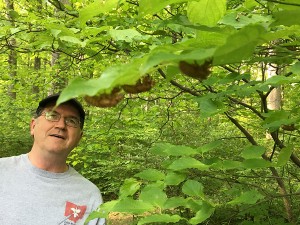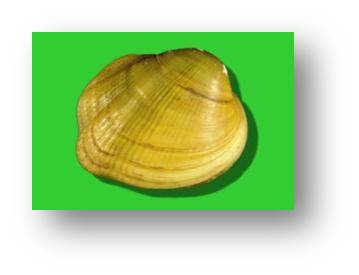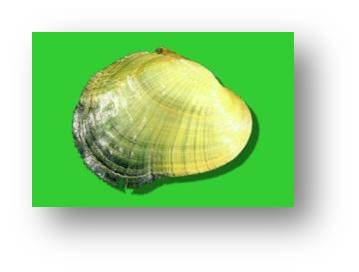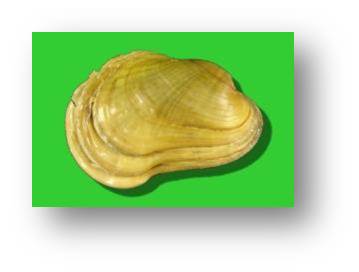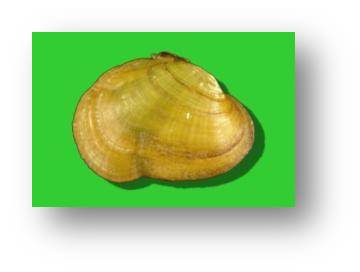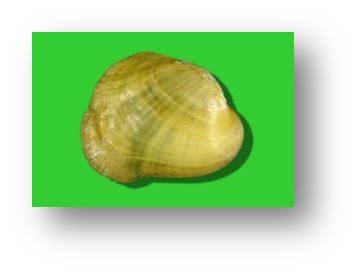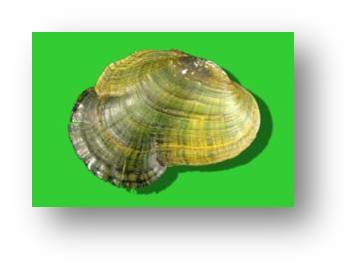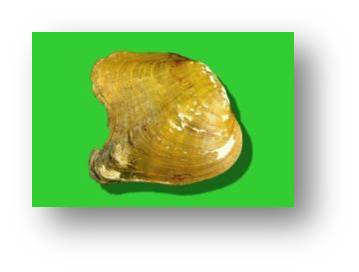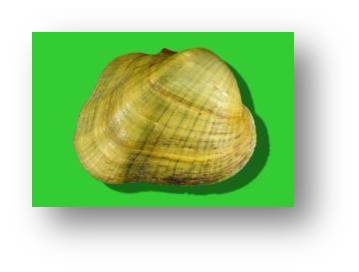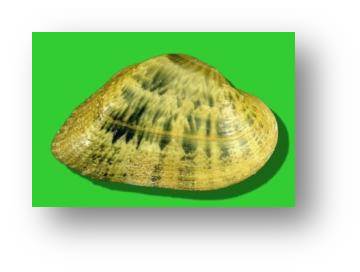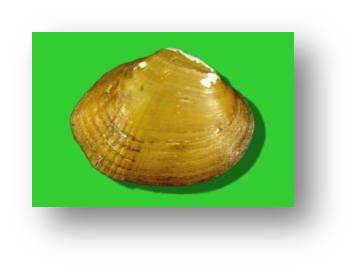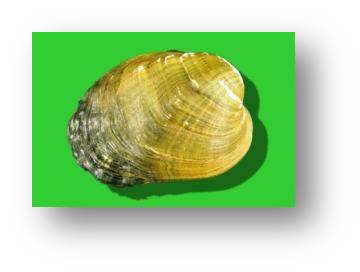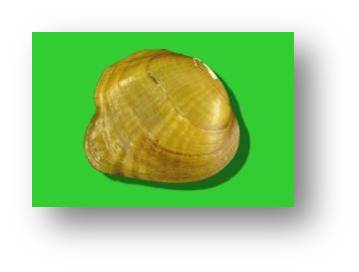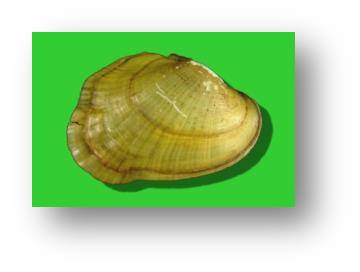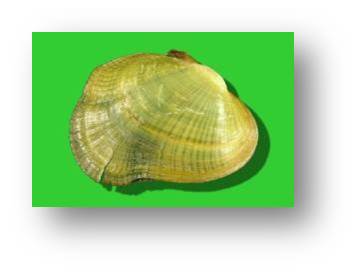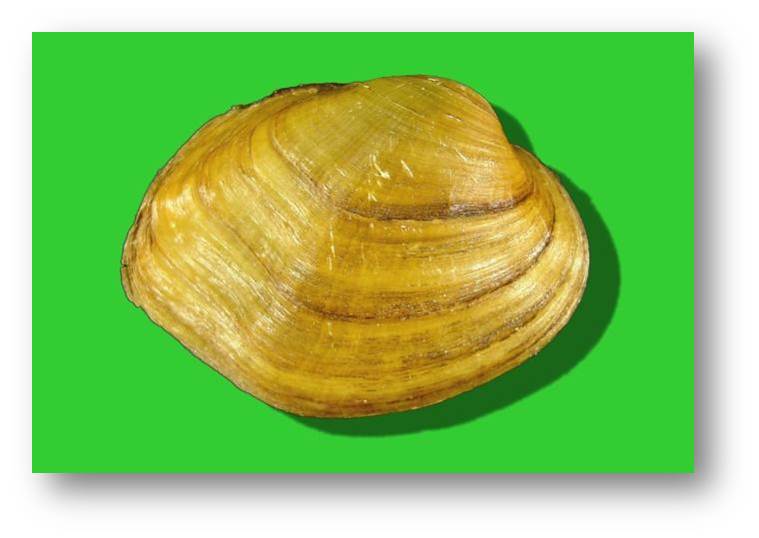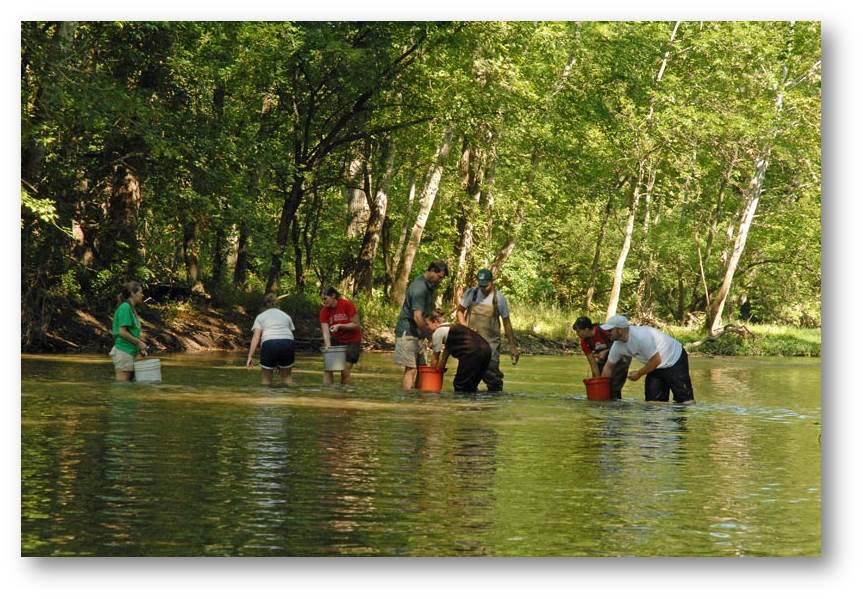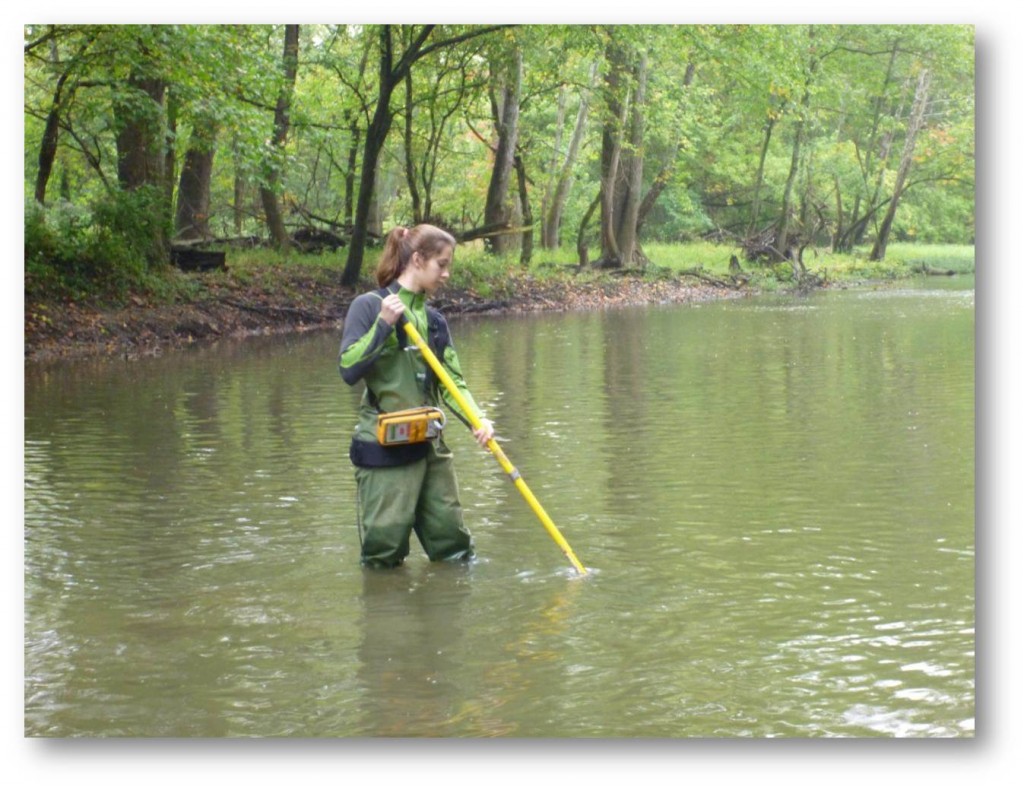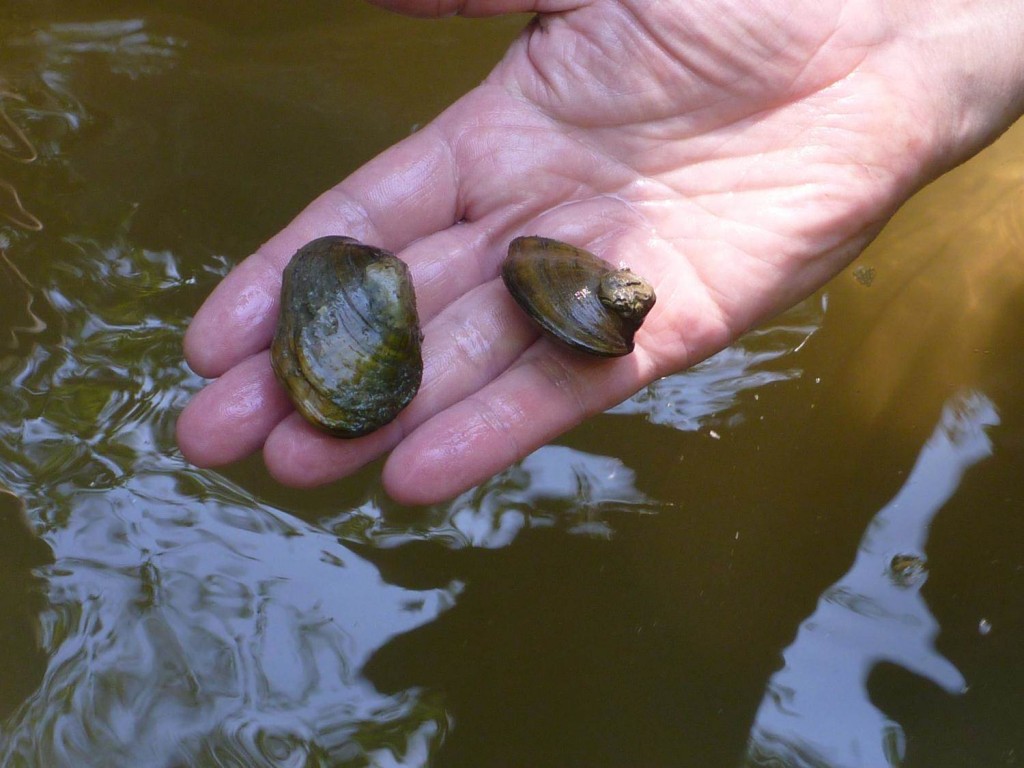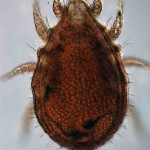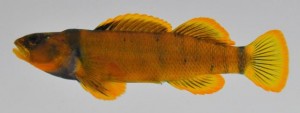Even though it’s the middle of the political crazy season, the call I’m referring is not a primal scream from a lectern, but a chorus of insects with only one thing on their mind. The 17-year cicadas have returned!
Here at the Triplehorn collection we’ve been fielding questions and visits for weeks now about the scheduled simultaneous emergence of the three species of Brood V. Finally, we couldn’t resist any longer, and we decided to go to see them. Actually, I guess they’ve been here all along, but it is the mass emergence of adults that attract all the attention. The rest of their lives, the cicadas live as nymphs in the soil, slowly and steadily feeding on the roots of trees. But then, every 17 years, for our local species, the nymphs crawl out of the soil and climb up trees to molt into the adult stage.
My reference to the brood hints at some of the intriguing complexity that surrounds these humble creatures. First, there are two types of periodical cicadas: those with 17-year life cycles and those with 13-year life cycles. Both are unique to eastern North America. (How cool is that!) The 13-year variety is more southern, and the 17-year variety is more northern in distribution. Within cicadas with those two life-cycles there are multiple species: four of the 13-years, and three of the 17-years. Even more, there are 15 different “broods” in different areas, and each brood times their emergence for different years. So this year (2016) Brood V is emerging in eastern and southern Ohio (and beyond); Brood VIII will emerge in the easternmost counties of Ohio in 2019; and the big and widespread emergence right here in my own back yard will be Brood X in 2021. In each 17-year brood there are the three different species: with a little training they’re easy to distinguish both by eye and by their song.
Brood V consists of all three species of 17-year cicadas: Magicicada cassinii, Magicicada septendecim, and Magicicada septendecula
Last week we drove from Columbus southeast to Clear Creek Metro Park. We’d heard the cicadas there were out in good numbers. It wasn’t until we got past Lancaster that we began to be able to hear the cicadas singing, even though we were tooling down the highway at the posted speed limit. As we drove along the main road through the park, following the valley carved out by Clear Creek, we could clearly hear them singing. Instead of being surrounded by a steady drone, though, the cicadas seemed to be clustered in smaller patches. They were more up the sides of the hills than in the floor of the valley, so we headed uphill. Part of this park used to be owned by Ohio State where there were teaching and research labs at a place called Barneby, an area is situated on the hills above little Lake Ramona.
At six in the evening the cicadas were still actively singing, but we actually saw very few adults. At this time of day they seemed to all be up in the tree canopy. The nymphs usually come out at night, crawl up the vegetation, and molt into the adult stage. The plants in the area had lots of evidence of this because the skins that were shed remain attached to the plants. They truly do look like little aliens and maybe just a little bit dangerous, with their enlarged front legs that look like they could grab hold of you. In fact, though, they’re harmless.
Many have probably seen these cast skins (exuviae) that are left behind by the common dog-day cicadas, the ones that are present every year, emerging usually in the second half of the summer. The 17-year cicadas are smaller. Also, I’ve usually seen dog-day cicada exuviae on the trunks of trees. In contrast, the ones we saw this week were much more common on leaves and even on grasses. It looks like the cicadas crawl up as far as they possibly can, and when they get on a leaf their weight makes the leaf droop downwards. At that point the nymph’s head would be pointed toward the ground. They then turn around 180 degrees, and it’s in this position that they molt.
I must say that the flurry of reports in the newspapers and on television have been a real mixed bag of fact and fiction. Amidst the facts there are little nuggets that make me scratch my head and sigh. Some headlines have reported the emergence of a “plague.”(!) Now it is true that cicadas are also called “locusts,” but locust plagues are actually huge swarms of grasshoppers, not cicadas. These real plagues are particularly damaging because the grasshoppers are ravenous feeders and consume almost every plant in sight. Adult periodical cicadas, on the other hand, don’t feed at all. The only thing they do is mate and lay eggs to produce the next generation. If there’s any damage that the cicadas do, it’s with their egg-laying activity.
One newspaper article I saw claimed that the eggs were laid in the soil, but to that I say “Nay, nay.” At the tail end of a female cicada she has a needle-like appendage that she uses to insert her eggs into tree twigs. When there are high densities of cicadas, then, the incisions made in the twigs can be so abundant that they damage that year’s growth of the tips of the trees.
To learn more about periodical cicadas, there are lots of resources. There are websites devoted to them. A couple of the more prominent are www.magicada.com (Magicicada is the scientific name of these animals) and www.cicadamania.com. Both of these also have Facebook pages and Twitter feeds. You can contribute data from sightings that will help us understand the finer details of the distribution of the different broods.
There’s a Facebook public group dedicated to the Ohio Brood V. There are lots of videos available online where you can both see and hear these fascinating beasts. I particularity enjoyed Return of the Cicadas, a short film by Samuel Orr, who’s been working an a documentary on cicadas since 2007. Also, yesterday the Columbus Dispatch has a nice spread with pictures of various species of cicadas deposited here at our very own Triplehorn Insect Collection (see the online version here.)
There are more than 3,300 species of cicadas in the world (over 190 found in the USA), and we still have a lot to learn about them.
As a biologist, I learned that there are many truly fascinating environments in which we find the most amazing plants and animals. Most of these, though, are far away: tropical rain forests, deserts, cloud forests, karoo, etc. But here, literally in our own back yard, we have some of the most fascinating animals in all the world. Don’t miss out on the periodical cicacdas, because if you do, they won’t be back for a long time!
About the Author: Dr. Norman Johnson is an Entomologist, Professor and Director of the C.A. Triplehorn Insect Collection at Ohio State University. Photos by L. Musetti, except when indicated otherwise.
